Industry information
Company News
- Aluminum veneer ceiling: the beauty of modern simplicity
- Aluminum veneer customization, creating a new trend of personalized space!
- Ceiling aluminum veneer, a magnificent transformation of home aesthetics!
- Aluminum veneer ceiling, upgraded space aesthetics
- Aluminum veneer ceiling, the fashionable "top" choice for modern home furnishings!
Industry dynamics
- Aluminum veneer ceiling, creating a new height for home decor!
- Ceiling aluminum veneer: the new darling of creating fashionable spaces
- Customize aluminum veneer to create personalized spatial aesthetics
- Aluminum veneer: the 'hidden hero' of modern architecture
- Aluminum veneer ceiling: creating a new trend in modern space
Frequently asked questions
- How to improve the sound insulation performance of aluminum veneer?
- How to improve the corrosion resistance of aluminum veneer?
- How to choose high-quality aluminum veneer?
- How to choose the most suitable aluminum veneer material?
- What is aluminum veneer?
contact us
Mobile:+86 15627778610
Email: 2201229786
Address: No. 5 Binjiang Road, High tech Zone, Zhaoqing City, Guangdong Province
What are the environmental characteristics of aluminum veneer in modern architecture?
- Author: Lesilong Technology (Guangdong) Co., Ltd
- Release time: 2022-03-17 20:02:58
- Click:0

Aluminum veneerAs a new type of building material, it has the advantages of lightweight, high strength, corrosion resistance, easy processing, and also has high environmental protection properties. In modern architecture, the application of aluminum veneer is becoming increasingly widespread and has become a sustainable building material. This article will provide a detailed introduction to the environmental characteristics of aluminum veneer in modern architecture from multiple perspectives.
1、 Energy conservation and environmental protection
Aluminum veneer has good thermal insulation performance, which can effectively reduce building energy consumption and environmental pollution. In winter, aluminum veneer can provide good insulation and reduce indoor heat loss; In summer, aluminum veneer can provide good insulation, preventing high temperatures from entering indoors and reducing air conditioning usage. A series of environmental protection measures are also adopted in the production process of aluminum veneer, such as energy conservation and reducing wastewater and exhaust emissions, further reducing its impact on the environment.
2、 Recyclable and reusable
Aluminum veneer has high recyclability, which can greatly reduce the amount of waste and lower the pressure on the environment. Aluminum veneer can be recycled multiple times, for example, it can be used as a new aluminum material for reproduction, or after surface treatment, it can be reused in fields such as building decoration. Aluminum veneer can also be classified for recycling and resource utilization, further enhancing its environmental characteristics.
3、 Non toxic and harmless
Aluminum veneer is a non-toxic and harmless material that does not pose any harm to human health. Compared with traditional building materials, aluminum veneer does not contain harmful substances such as formaldehyde and will not have any adverse effects on the human body. The production process of aluminum veneer also adopts some environmental protection technologies, such as low volatile organic compound (VOC) control, to further ensure its environmental characteristics.
4、 Low carbon and environmentally friendly
Aluminum veneer is a low-carbon and environmentally friendly material that can effectively reduce carbon emissions. Aluminum is one of the most abundant metal elements on Earth, and the production process of aluminum veneer only requires minimal energy and water resources to produce high-quality aluminum products in large quantities. Compared with other traditional building materials, the production process of aluminum veneer can significantly reduce carbon emissions, which is beneficial for protecting the environment and mitigating climate change.
Aluminum veneer has outstanding environmental characteristics in modern buildings, including energy conservation, environmental protection, recyclability, non toxicity, and low-carbon environmental protection. In the future, with the continuous improvement of people's requirements for building quality and environmental protection, it is believed that the application scope of aluminum veneer will continue to expand and play a more important role in future building design.

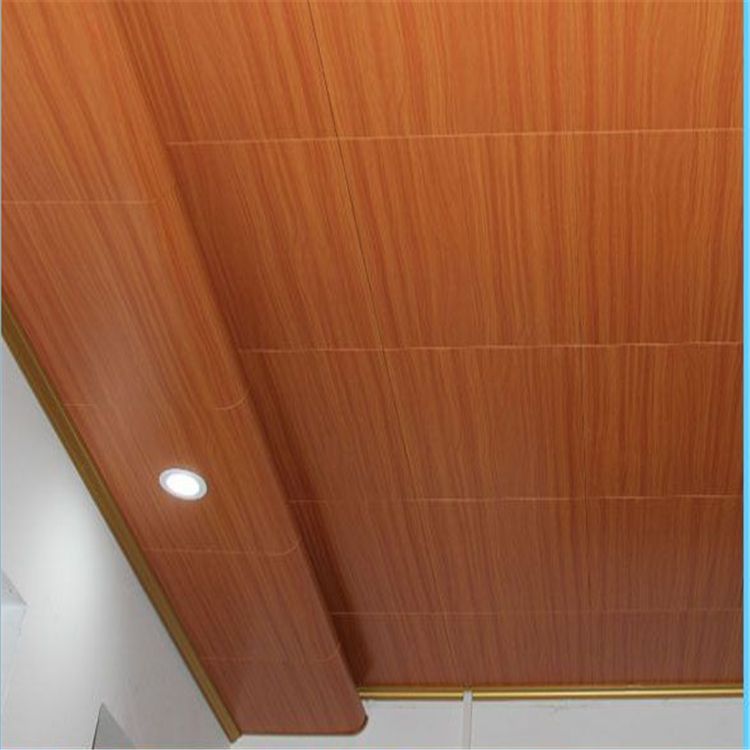
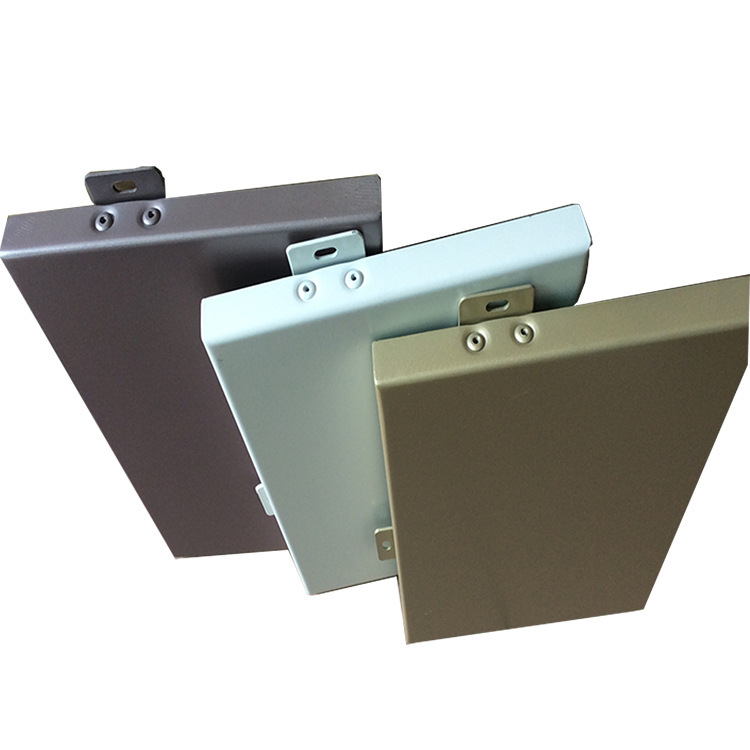
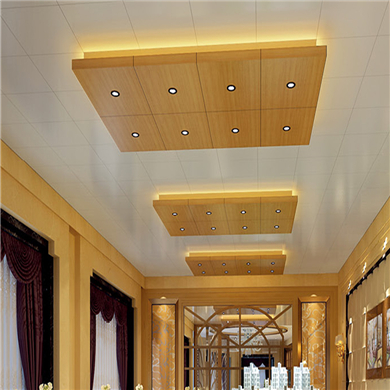
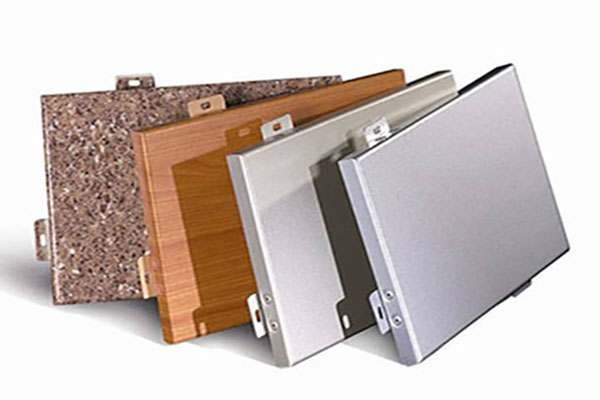
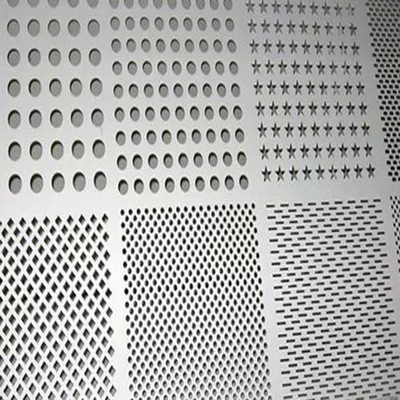
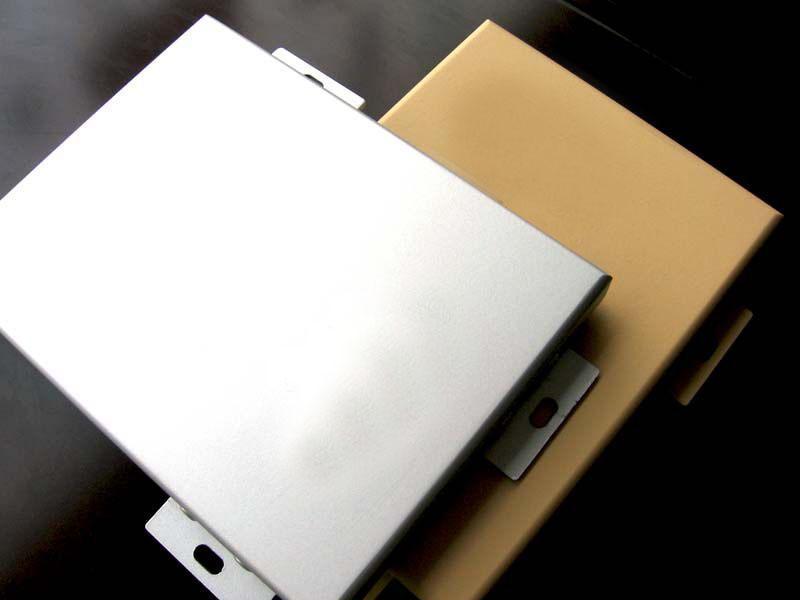
 Customer service QQ
Customer service QQ